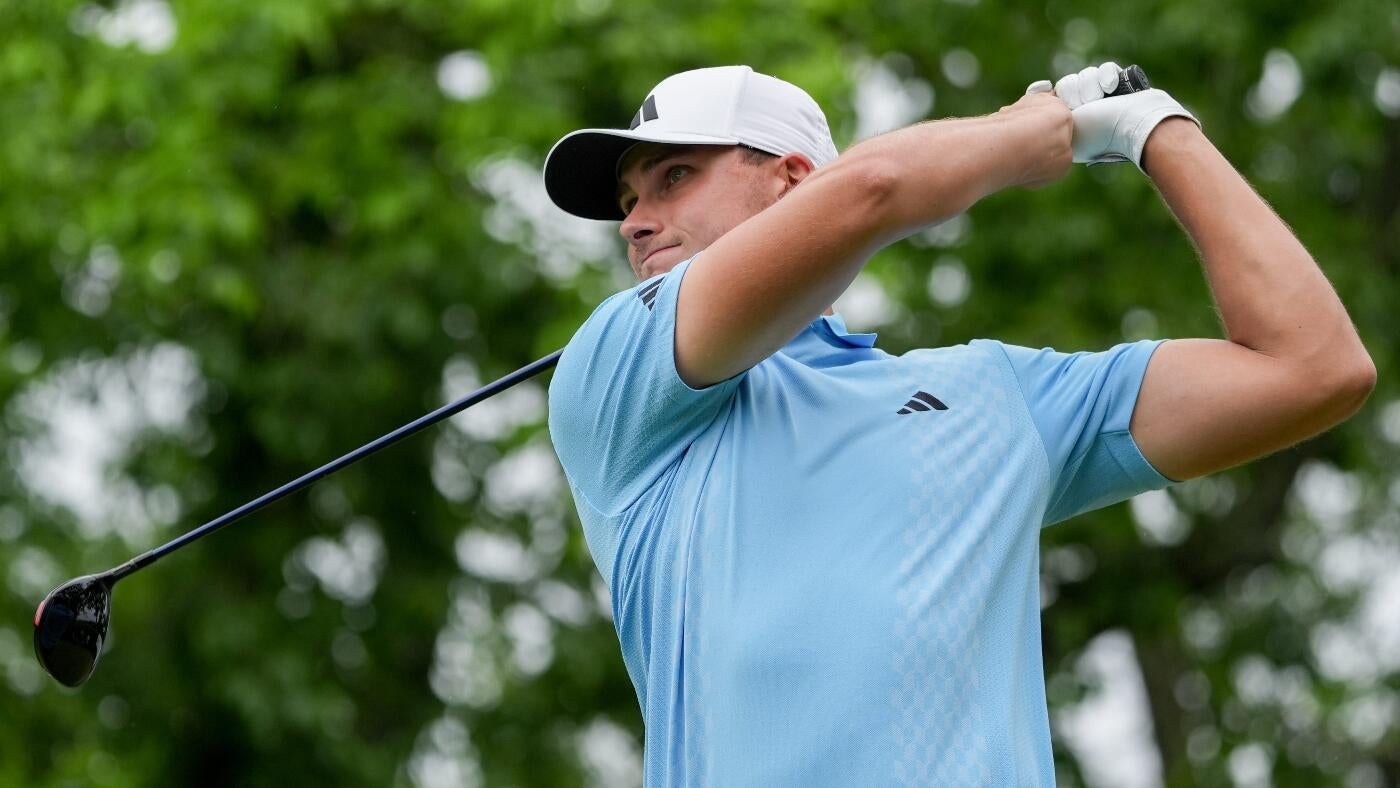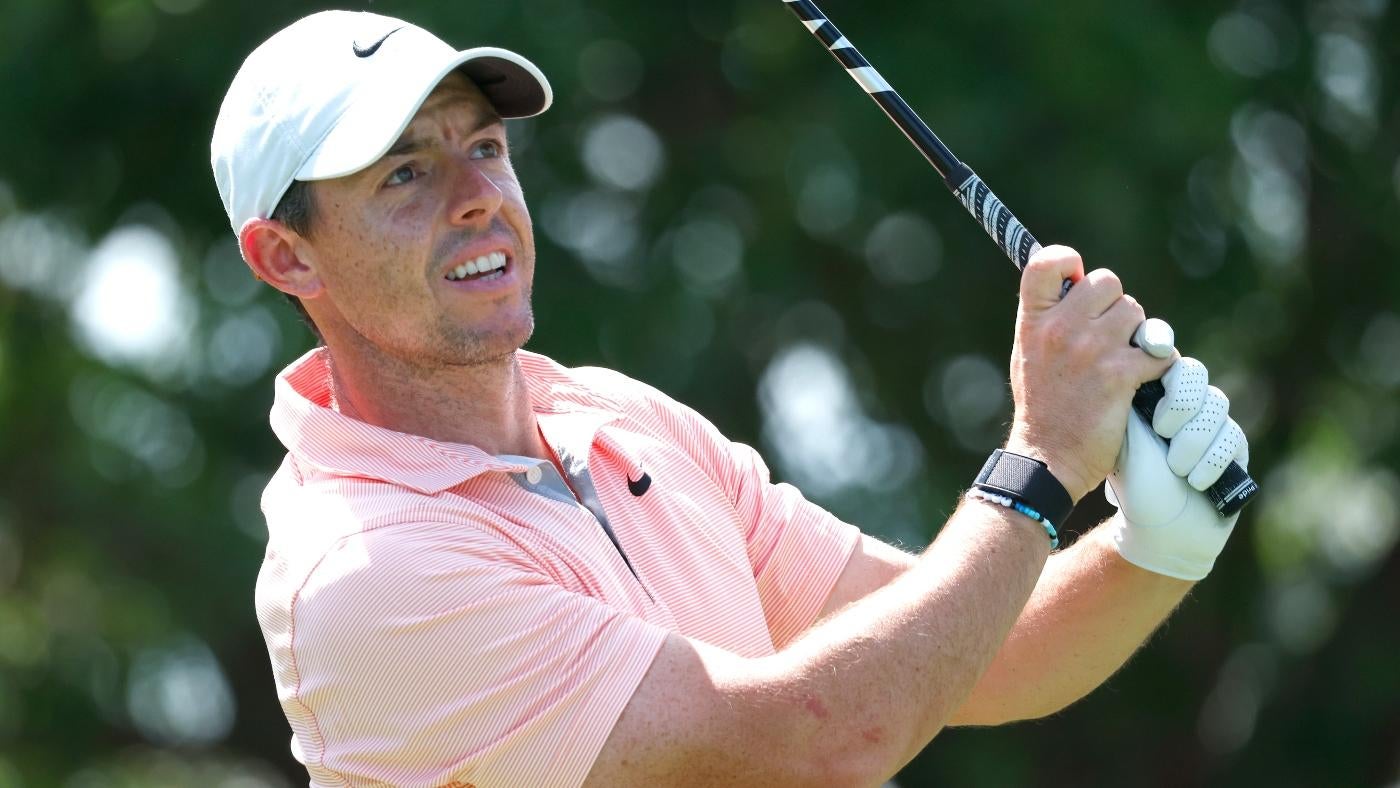Jimmy Demaret leaned into a microphone shortly after the 1950 Masters Tournament.
“I’m going to adopt that 13th hole and take it home with me,” Augusta’s first three-time champ said.
Crooner Jim had played the 13th in 6 under that week to fend off Australia’s Jim Ferrier.
Two eagles.
Two birdies.
Three jackets.
Ah, the 13th hole. Azalea. The culmination of Amen Corner. The third of four par 5s at Augusta National Golf Club. And perhaps the most photographed hole in golf.
Ben Crenshaw was once asked to name his favorite hole at Augusta. “Tell you what, 13 is just completely natural,” Gentle Ben said.
Fred Couples says it’s, “Spectacular.”
Billy Horschel calls it, “The greatest par 5 in the world.”
Tiger Woods once putted into the tributary of Rae's Creek that fronts the green. Woods still won the 2005 tournament.
In 1978, Japan’s Tommy Nakajima carded a 13 there, the highest single-hole score in the history of the event. After playing his fourth into the water, Tommy trudged to the bank and struck his ball, which soared into the Georgia air and landed square on his right foot. Two-stroke penalty. While returning his wedge to his looper, Nakajima’s club slipped and nose-dived in the water. Another two-stroke addition.
Tommy was escorted to the press room after the round, where a reporter asked, “Did you lose your concentration?”
“No,” Nakajima said through an interpreter. “I lost count.”
Sunday Sorrows
The 13th hole has witnessed triumph and catastrophe, risk and reward, heartbreak and heroics.
In 1937, Byron Nelson, a deeply religious man, found the fairway with his drive and contemplated clearing the water with his second shot.
Nelson told his caddie, “The Lord hates a coward,” and pulled a 3-wood from his bag. The shot landed safely and Nelson chipped in for eagle. Twenty-one years later, Byron had a bridge named after him for his efforts.
Playing in front of Nelson in 1937, leader Ralph Guldahl found the water on Nos. 12 and 13 to clear the way. When pressed about his Amen Corner miscues, the lanky Guldahl admitted, “I can’t swim. Never could.”
Perhaps no year saw more drama at No. 13 than 1954.
In the final round, Billy Joe Patton’s second shot found Rae’s Creek, prompting the amateur to remove his shoes and climb in, before reconsidering. After a penalty stroke, the North Carolina lumberman played his next barefoot, fluffed the chip, and took seven shots to finish the hole.
Ben Hogan and Sam Snead had returned from the dead.
The following day, Hogan faced Snead in the tournament’s first 18-hole playoff since Ben lost to Byron Nelson in 1942. Twelve years later, the margin — one stroke — was identical.
With Billy Joe watching from the gallery, the match was all square before the tournament-changing 13th. On the fateful par 5, Snead went for the green in two, while Ben, hitting from the right fairway, played safe.
At the awards presentation, Hogan praised his opponent, even admitting that he was glad that baseball, the Slammer’s original love, hadn’t stolen Snead decades earlier.
Bobby Jones quipped, “Sam would have failed at baseball. He’d only hit fly balls to centerfield.”
Sunday charges
In April 1977, Nicklaus birdied the 13th hole and waved to the gallery. A group ...








